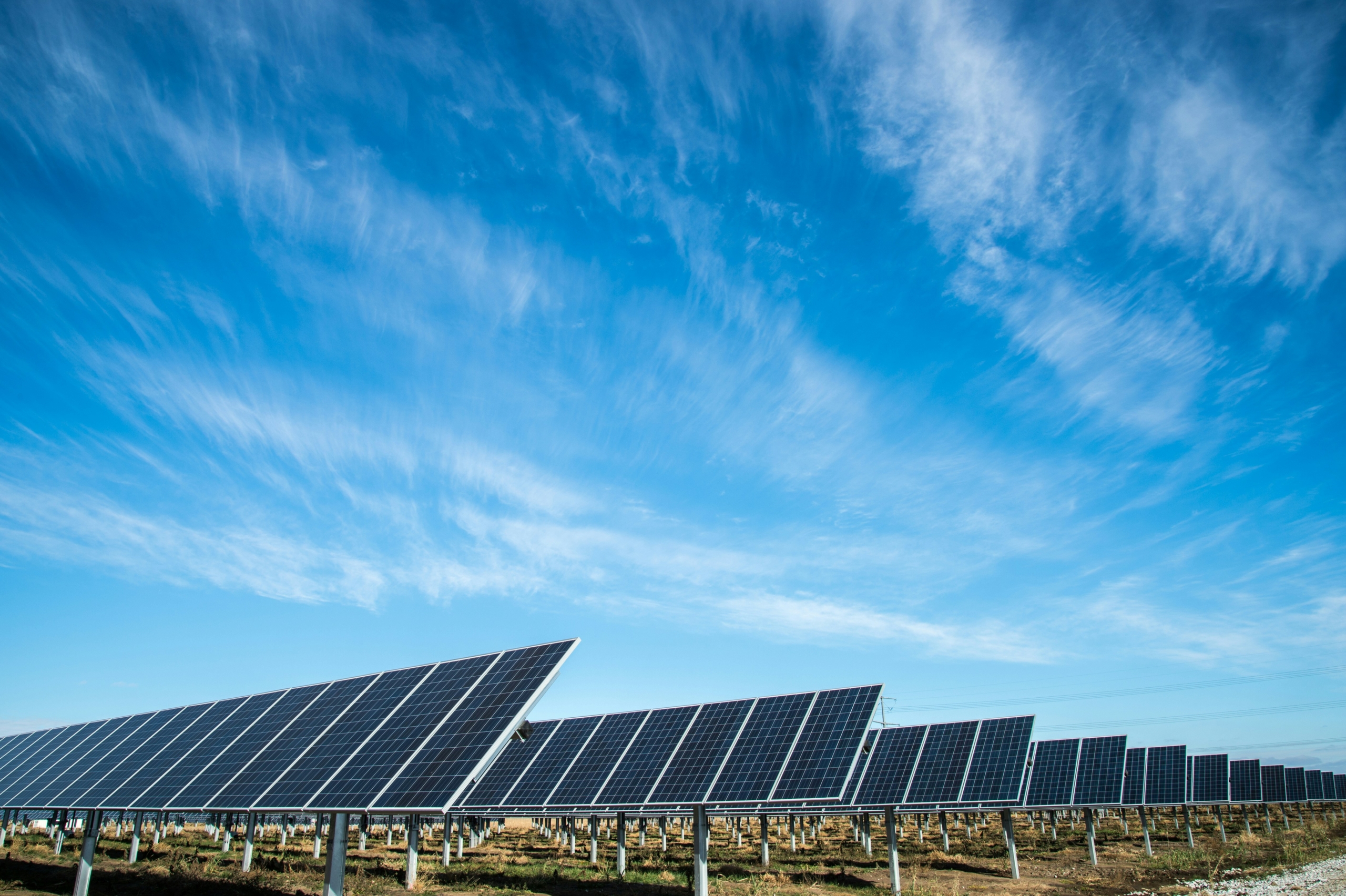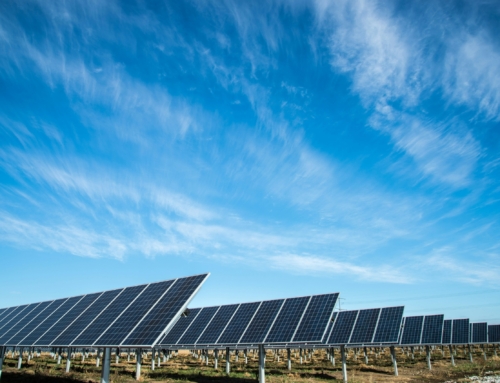
Understanding the Difference Between Solar Thermal and Photovoltaic Systems

Introduction to Solar Energy Systems
Solar energy has become a crucial player in the push for renewable resources, with two primary technologies: solar thermal systems and photovoltaic (PV) systems. Knowing the distinctions between these systems can help you make informed decisions regarding their applications and benefits.
What are Solar Thermal Systems?
Solar thermal systems capture sunlight to generate heat, which is utilized for various purposes such as heating water for residential or commercial use and space heating within buildings. These systems work by using collectors to absorb solar radiation and convert it into thermal energy. This thermal energy can then be used directly or stored for later use. In larger installations, solar thermal technology can also be employed to generate electricity by using the heated fluid to produce steam, which drives turbines.
Understanding Photovoltaic (PV) Systems
In contrast, photovoltaic systems focus on converting sunlight directly into electricity. They utilize solar panels composed of semiconductor materials that allow for the conversion of light energy into electrical energy. This process can power homes, businesses, or even feed excess electricity back into the grid. Unlike solar thermal systems, which primarily deal with heat production, PV systems emphasize electrical energy output.
Conclusion: Choosing the Right System
When considering the installation of a solar energy system, understanding the fundamental differences between solar thermal and photovoltaic systems is essential. For applications requiring heat, solar thermal is ideal. However, if your goal is to generate electricity, then PV systems are the way to go. Evaluate your energy needs and make the right choice for your situation.







